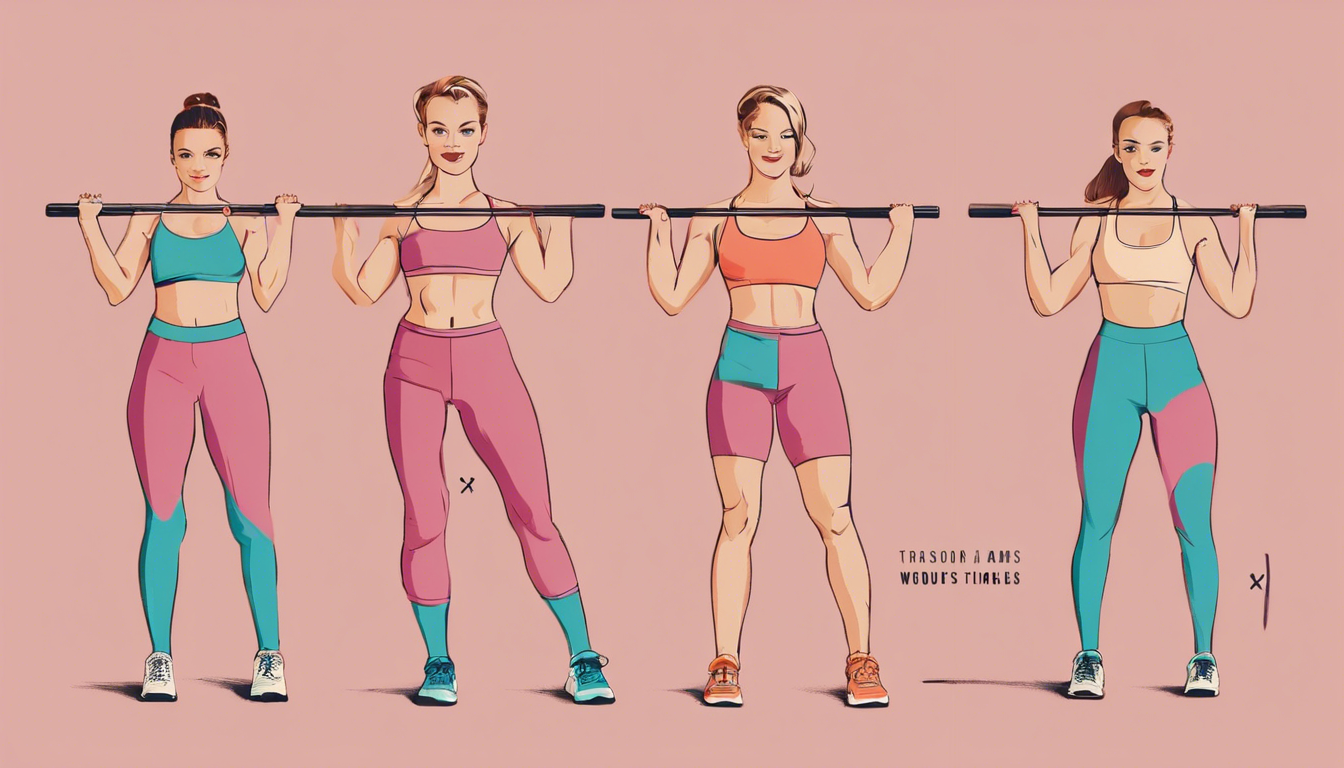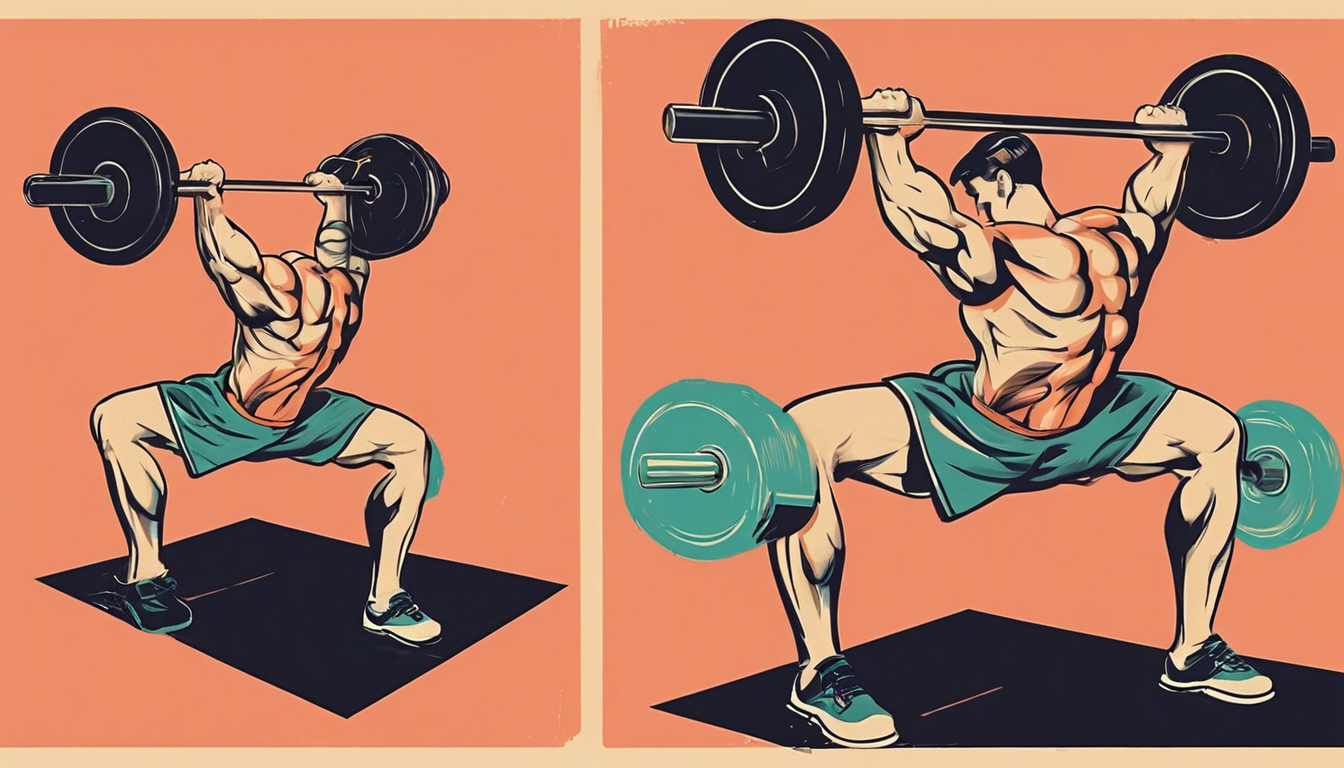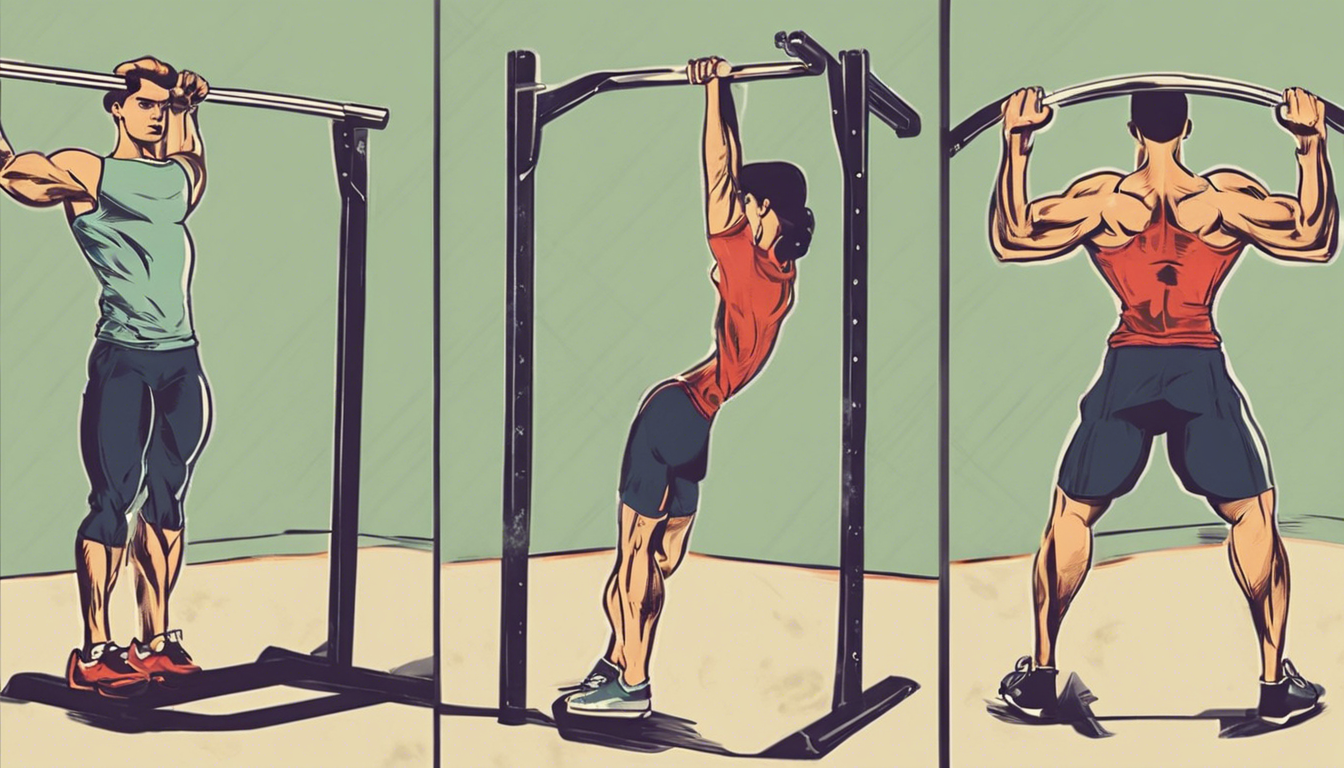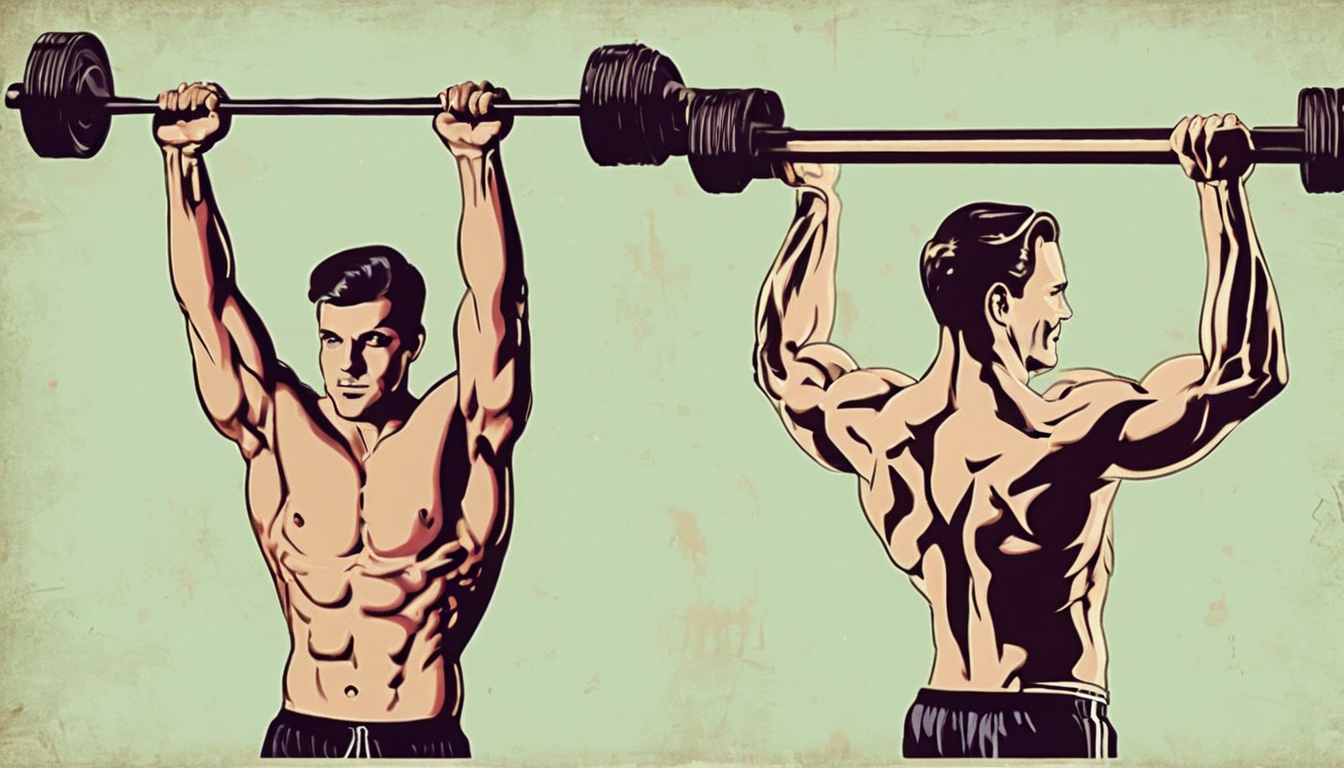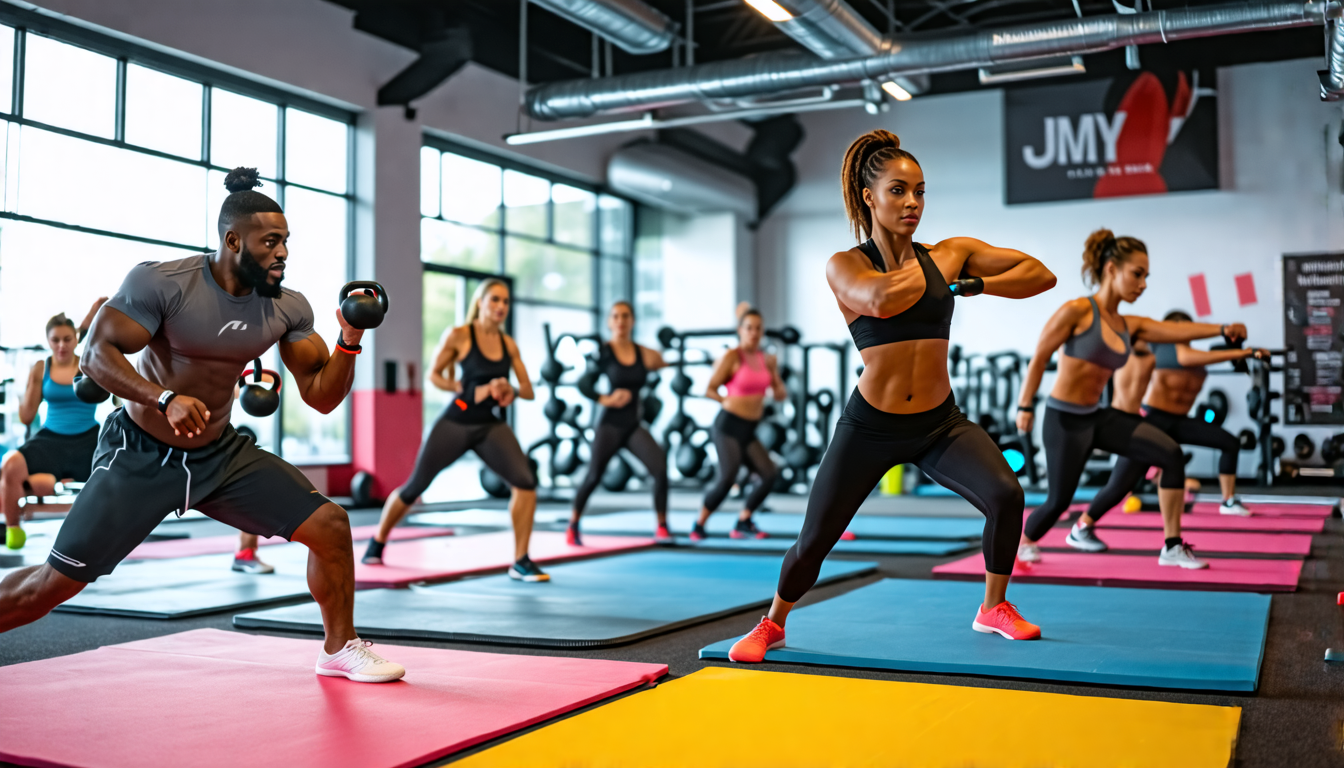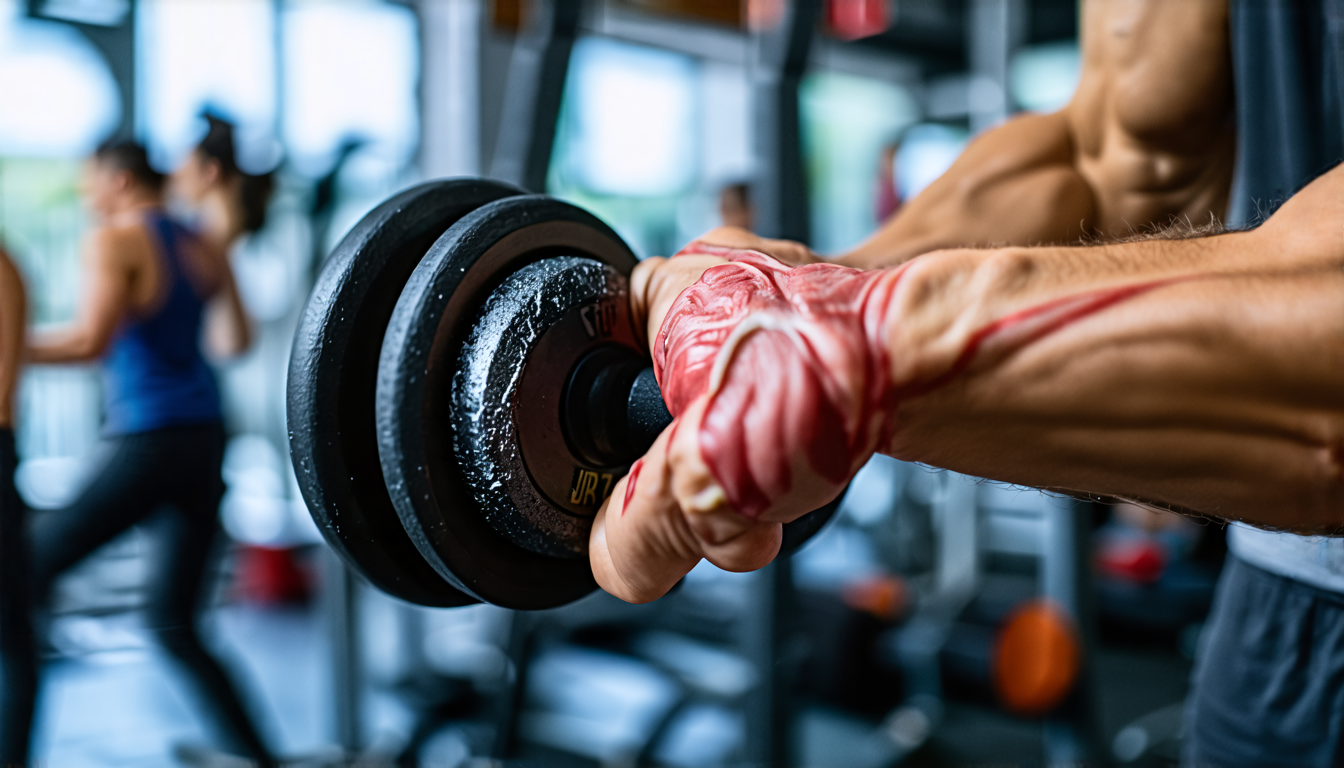
Why Enhancing Grip Strength is About More Than a Firm Handshake
Many people think of grip strength as merely the power behind a firm handshake, but its influence extends far beyond social introductions. It is a fundamental component of functional fitness, impacting everything from your performance in the gym to your ease in completing everyday tasks. A weak grip can be a silent limiter, holding you back in ways you might not even realize until you start to strengthen it.
The Hidden Power of a Strong Grip
Your grip is the critical link between your intent and your action. When it fails, your entire kinetic chain is compromised.
- Pain Point: You struggle with opening jars, carrying groceries, or your hands get tired quickly during daily tasks.
- Pain Point: Your performance in the gym is plateauing because your grip fails before your larger muscles during deadlifts, rows, or pull-ups.
- Pain Point: You experience wrist or forearm pain during activities like typing, playing an instrument, or rock climbing, often due to stabilizer weakness.
Foundational Methods for Enhancing Grip Strength
Building a powerful grip doesn’t require a fancy gym membership. You can start with bodyweight exercises and gradually incorporate simple, effective tools.
No-Equipment Grip Workouts You Can Do Anywhere
Your body and common household items are all you need to begin.
- Finger Extensions and Repetitive Squeezing: Counteract crushing motions by stretching a rubber band around your fingers and opening your hand. Follow this with repetitive, rapid squeezing of a soft ball or a rolled-up towel to build endurance.
- Finger-Tip Push-Ups and Plate Pinches (simulated with books): Perform push-ups on your fingertips to build supporting strength. For pinching, stack two heavy books smooth-side-out and hold them pinched between your fingers and thumb for time.
Essential Tools for Your Grip Strength Arsenal
A few key investments can dramatically accelerate your progress.
- Using Fat Gripz or Towels on Barbells and Pull-Up Bars: These thicken the bar, forcing your forearm muscles to work significantly harder to maintain hold during lifts like rows, curls, and deadlifts.
- The Versatility of Hand Grippers and Resistance Bands: Grippers are excellent for isolating and building peak crushing power. Resistance bands can be used for finger extensions, wrist curls, and other supportive exercises to ensure balanced development.
Advanced Techniques for Seriously Enhancing Grip Strength
Once you’ve built a foundation, it’s time to challenge your grip with specialized techniques that build elite-level strength and resilience.
Building Crushing Power
This is the ability to close your hand with immense force.
- Dead Hangs and Timed Holds: Simply hang from a pull-up bar for as long as possible. For timed holds, hold the top position of a deadlift or a loaded barbell for a set duration, fighting to maintain your grip.
- Farmer’s Walks and Suitcase Carries: Pick up heavy weights (dumbbells, kettlebells, or specialty farmer’s walk handles) in each hand and walk for distance. The suitcase carry (holding a heavy weight in only one hand) also brutally challenges your core stability.
Developing Pinch and Support Endurance
This is the ability to hold onto something using just your fingertips or to sustain a hold for a long period.
- Plate Pinches and Block Weights: Pinch two smooth weight plates together using only your fingers and thumb and hold for time. Block weights are specialized thick blocks with a handle, but you can start with pinching plates.
- Unique Insight: The “Rolling Thunder” or Thick Bar Training: Using an implement that rotates in your hand, like the Rolling Thunder device, forces your forearm stabilizers to work overtime. Unlike a fixed bar, the rotating handle constantly challenges your grip to readjust and maintain control, building a uniquely resilient and powerful grip that standard bars don’t develop. This directly translates to a more secure hold on unpredictable objects in sports and daily life.
Grip Strength Showdown: Fat Gripz vs. Traditional Grippers
Both are excellent tools, but they serve different primary purposes in your grip training regimen.
| Feature | Fat Gripz | Traditional Hand Grippers |
|---|---|---|
| Primary Focus | Support & Thick Bar Strength | Crushing Strength |
| How It Works | Increases bar diameter on existing equipment | Isolated resistance to close the handles |
| Functional Application | Mimics real-world objects (tools, rocks, thick ropes) | Less directly functional, builds raw closing power |
| Integration | Used during compound lifts (deadlifts, rows, pull-ups) | Used as a standalone exercise |
| Progress Measurement | Increased weight or time on main lifts | Moving up to higher resistance levels (e.g., 150 lbs, 200 lbs) |
The Functional Advantage of Fat Gripz
- Increases overall forearm and finger engagement during compound lifts, making your primary workouts more efficient for grip development.
- Mimics the irregular and thick objects you encounter in real life, like tools, rocks, and thick ropes.
The Targeted Power of Hand Grippers
- Isolates and builds peak crushing strength, which is difficult to develop with other methods.
- Progress is easily measurable by graduating to grippers with higher resistance levels.
Frequently Asked Questions About Enhancing Grip Strength
How often should I train specifically for grip strength?
Answer: 2-3 times per week is ideal, allowing for at least 48 hours of rest between intense sessions. Grip muscles are dense and recover quickly, but they are also susceptible to overuse injuries like tendonitis if not given proper recovery time.
Can enhancing grip strength help with arthritis?
Answer: Yes, gentle and consistent strengthening exercises can improve joint stability, increase blood flow, and reduce pain associated with arthritis. However, it is crucial to consult a doctor or physical therapist first to get a personalized plan that avoids exacerbating the condition.
I type all day for work. Will grip training make my forearms too tight?
Answer: It can if you don’t balance it. Typing is a repetitive strain that already tightens the forearm flexors. Always pair grip strengthening (which works the flexors) with stretching and antagonist muscle work, like finger extensions with a rubber band, to maintain flexibility and prevent repetitive strain injuries.
What’s the fastest way to see results in enhancing grip strength?
Answer: Consistency is key. There are no shortcuts. Incorporate a mix of crush (grippers), pinch (plate pinches), and support (dead hangs) holds into your routine 2-3 times a week. You’ll likely notice tangible improvements in daily tasks like carrying groceries or opening jars within 3-4 weeks.
